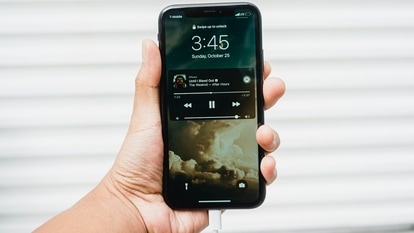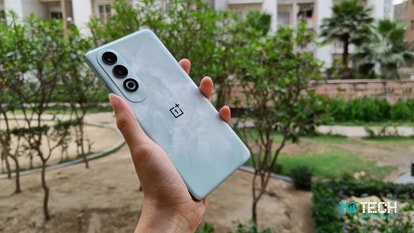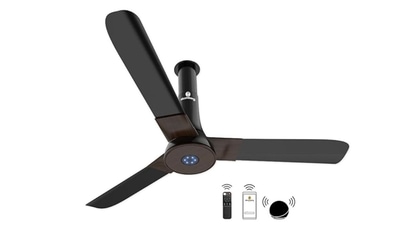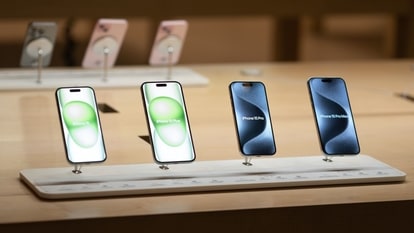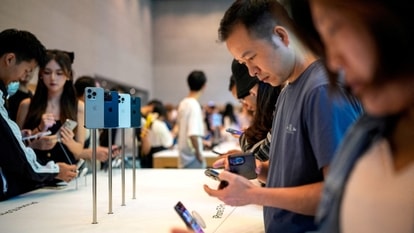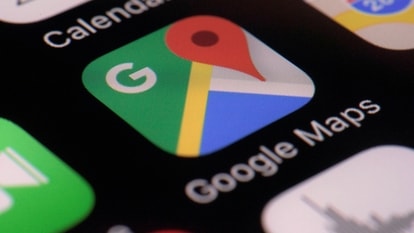Tech in a no-touch world: How Covid changed and will keep changing life as we know it
Technology has enabled us to be more resilient, especially economically, especially in the face of an unanticipated pandemic. And a change has just begun.
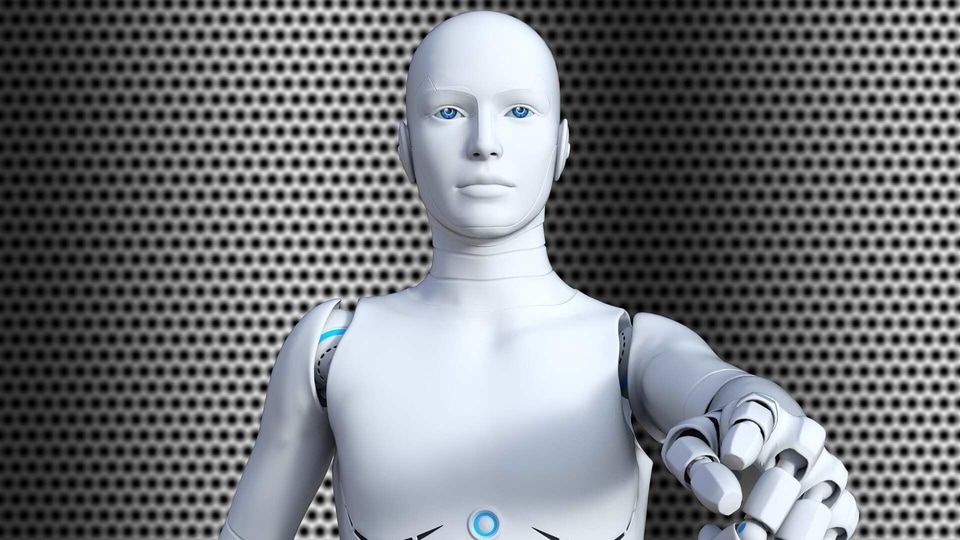
The Covid-19 pandemic did more than just pause the world. It took away a fundamental aspect of being human — touch. No more greeting familiar faces at work, no everyday commute rituals, no get-togethers, and worse, it kept, and is keeping, us from holding our loved ones, our family.
Fatefully, in this Covid-induced skin hungry world, the familiarity of contact is kept alive by digital technology. Even as Covid-19 threatens to put modern lifestyle on the fringes and individual cocoons, we're in times where touch and connectedness is seeing new meaning and function.
Collectively, we learned several lessons from this crisis. For one, the pandemic lockdowns forced us to figure out how to function when none of us could go to the office. These changes had to be immediate, and shaped not just our behaviour, but also the nature of our work. Thankfully, interconnected emerging technologies like IoT, blockchain, AI, ML, and cloud computing made this pivot seamlessly possible.
No touch, No problem
Digital technologies filled the void of no physical touch elegantly. They have kept our society functional — maintaining business activities, social interactions, and consumption — through nationwide lockdowns and global travel restrictions. Together, they have pushed us towards powerful, contactless digital behaviours from e-commerce to safer workplaces and more agile operations and supply chains.
To cite an example — look at how e-commerce surged and continued its growth trajectory. E-commerce rose to the challenge of lockdowns and social distancing enhanced by secured digital payments and considerably improved supply chain technology. Logistic efficiency increased as businesses leveraged sensors and connected devices to monitor dispatches and deliveries in real-time.
This also helps improve risk management. On the consumer side, faster checkouts (thanks to encrypted payments) and AI chatbots make online shopping experience easier and reliable.
Also Read: The need to comfort, de-stress is what drives entertainment in the post Covid-19 era
AI is healthy
From the beginning, authorities reported Covid-19 infections, testing, and status of healthcare facilities methodically. This was a data-enabled endeavour made possible by mobile apps using a combination of Bluetooth, global positioning systems (GPS), AI, and data analytics for contact-tracking and contact-tracing.
Pandemic aside, healthcare is undergoing a data-centred evolution. We now have smart care that enables better patient outcomes by lowering healthcare costs through precision medicine, remote monitoring, robotics, and bioprinting.
There is also digitally powered virtual care that is broadening and improving healthcare access areas in last-mile regions resulting in a new healthcare structure.
From robotics surgery, virtual nursing assistants, disease diagnosis, to wearables, and mobile diagnostic tools, AI and ML are increasingly being used in early detection, prevention, and intervention, changing healthcare's path forever.
Also Read: Use of social media apps linked to feelings of isolation during COVID-19
Better governance
Despite the pandemic exposing decrepit health systems, persisting socioeconomic inequality, and regulatory lapses digitisation across government functions helped largely bypass the vulnerabilities of Covid-19.
In fact, the demand for e-governance services went up drastically during the lockdown. Under Mission e-Governance and Digital India, the government introduced projects to move to reliable governance via interconnected IoT devices to create its own ‘smart-supply-chains'. The recent announcement of the single-window system powered by seamless digital interface is one example.
With IT at its core, this project aims to ease and speed up approvals for industry and investments in India thanks to more decentralized decision-making, linking communities with local governments across cities and towns, and facilitating faster paperwork.
E-governance is also bringing e-literacy, capacity building, and entrepreneurial public-private partnerships. The more we use it, the more it helps streamline government operations, optimise costs, and create transparency for citizens.
Learning anywhere, anytime
Perhaps educational institutes and millions of students had to pivot the most. Those that could, transitioned to online courses and remote learning. However, we must not see this as a knee-jerk reaction to the pandemic. Digital readiness and quick adoption of education technology is a primer to understand how learning will persist post-Covid as well.
Technologies in distant learning are similar to those for remote work and include virtual reality, augmented reality, 3D printing, and artificial-intelligence-enabled teaching aids. With 5G technology slowly growing in countries like China, USA, and Japan, we will see learners and solution providers truly embracing learning anywhere, anytime.
There is no one-size-fits-all strategy for online teaching which does have its challenges. Teachers with increased workload, vulnerable cognitive learning, financial constraints in buying hardware (laptops, devices, smartphones etc), and additional Internet costs hurting household budgets are a few.
However, for an overcrowded schooling system like India's, this may be a blessing in disguise: with effective resource allocation, schools, teachers, and students can navigate the pressures of overburdened school infrastructures and find a balanced on-site-online experience.
Better than placebo
To say that frontier tech is techno-solutionism: the belief that technological innovations in their own right can solve multi-layered social challenges would be jumping the gun. These technologies have a long-lasting impact beyond Covid-19, and until the last individual is not connected, it's too early to say if tech is the cure-all to our problems.
Technology has enabled us to be more resilient, especially economically, especially in the face of an unanticipated pandemic. There is fascinating interconnectivity in emerging technology across the public and private domains. If we did not before, we do now know how and what to deploy when a crisis presents itself again. Our reliance on technology then is not going to be a reactionary, but procedural action.
This article has been written by Sumit Sood, Senior Vice President & Head of APAC, GlobalLogic
Catch all the Latest Tech News, Mobile News, Laptop News, Gaming news, Wearables News , How To News, also keep up with us on Whatsapp channel,Twitter, Facebook, Google News, and Instagram. For our latest videos, subscribe to our YouTube channel.





